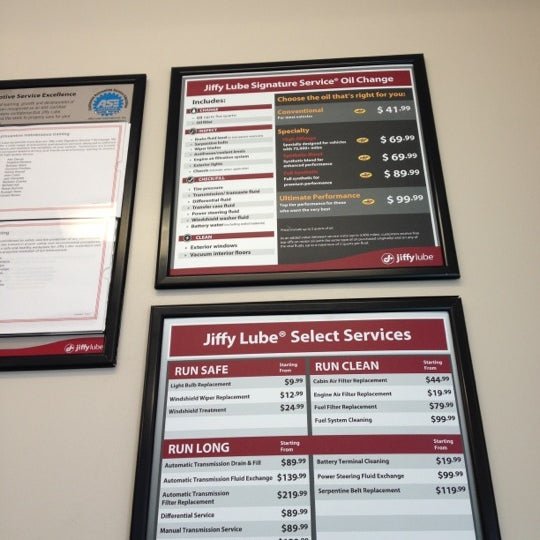- Introduction:
- Prioritize Security in Augmented Reality (AR) Development:
- Safeguard User Privacy:
- Enhance User Experience:
- Implement Robust Authentication Mechanisms:
- Optimize Performance and Speed:
- Educate Users about Augmented Reality Safety:
- Regularly Update and Maintain AR Applications:
- Conclusion:
Introduction:
Augmented Reality (AR) is a revolutionary technology with the potential to transform various industries. However, successful implementation of AR comes with its fair share of challenges, particularly concerning security, privacy, and user experience. In this blog post, we will explore seven effective strategies to overcome these hurdles and optimize your AR applications for success.
Prioritize Security in Augmented Reality (AR) Development:
Security is paramount when integrating virtual elements into the real world through AR. To safeguard data and prevent unauthorized access, focus on implementing secure coding practices, encryption, and robust authentication mechanisms. Conduct regular security audits and promptly address vulnerabilities to maintain user trust and protect sensitive information.
Safeguard User Privacy:
Respecting user privacy is crucial for building trust and fostering long-term engagement with your AR application. To achieve this, follow these steps:
a. Transparent Data Collection: Clearly communicate to users what data your Augmented Reality application collects, how it is used, and why it is necessary. Obtain explicit user consent before collecting any personal information.
b. Minimize Data Collection: Limit the data collected to only what is essential for the functioning of the AR application. Avoid collecting unnecessary or sensitive data that could potentially compromise user privacy.
c. Data Anonymization: Wherever possible, anonymize user data to protect individual identities. This can be especially important when analyzing user behavior for improving the application without tying it to specific individuals.
d. Data Protection Regulations: Ensure compliance with relevant data protection regulations, such as the General Data Protection Regulation (GDPR) or the California Consumer Privacy Act (CCPA), depending on the target audience and jurisdiction.
e. Secure Data Storage: Store user data securely using encryption and access control mechanisms. Employ industry-standard practices to safeguard user information from unauthorized access.
f. Opt-Out Mechanism: Provide users with an option to opt-out of data collection and processing. Respect their decision and ensure the application continues to function even if certain data collection features are disabled.
g. Privacy Policy: Have a comprehensive privacy policy in place that outlines how user data is handled, stored, and protected. Make the privacy policy easily accessible to users before they start using the AR application.
By implementing these security and privacy measures, you can instill confidence in users, ensuring that their data is protected and that the AR experience remains enjoyable and secure. Remember to regularly update and enhance security measures as new threats and privacy concerns emerge.
Enhance User Experience:
The success of any AR application hinges on user experience. Design intuitive interfaces, seamless interactions, and responsive feedback mechanisms to captivate users. Prioritize usability testing to identify pain points and continuously refine the AR experience. Strive to create immersive and enjoyable interactions that leave a lasting impact on users.
Implement Robust Authentication Mechanisms:
For AR experiences involving sensitive data or interactions, strong authentication mechanisms are crucial. Utilize biometric authentication, two-factor authentication (2FA), or other secure methods to protect user identities. This will not only bolster security but also enhance user confidence in using your AR application.
Optimize Performance and Speed:
Real-time processing and rendering of virtual elements are essential for AR applications. Optimize your AR app’s performance to reduce latency and ensure smooth interactions. Techniques like caching, compression, and efficient resource management can minimize loading times, delivering a seamless experience to users.
Educate Users about Augmented Reality Safety:
AR blurs the lines between the virtual and physical worlds, potentially posing safety hazards. Provide clear guidelines and warnings about using AR in appropriate settings. Educate users about potential risks and promote responsible usage to prevent accidents and ensure the safety of both users and bystanders.
Regularly Update and Maintain AR Applications:
AR technology and security threats are continuously evolving. Stay up-to-date with the latest advancements and security patches to keep your AR applications secure and functional. Regular updates and maintenance will ensure your app remains reliable and user-friendly over time.
Conclusion:
Overcoming challenges in augmented reality implementation is essential to fully harness the potential of this groundbreaking technology. By prioritizing security, privacy, and user experience, and adopting the strategies outlined above, you can create AR applications that not only captivate users but also provide value without compromising safety and privacy.
Remember to continually review and refine your AR strategies to meet changing user expectations and technological advancements. Embracing AR responsibly will enable your applications to thrive in the dynamic digital landscape, reshaping industries and revolutionizing how we interact with the world around us. With these powerful strategies, your AR endeavors are bound to flourish in the age of augmented reality.




